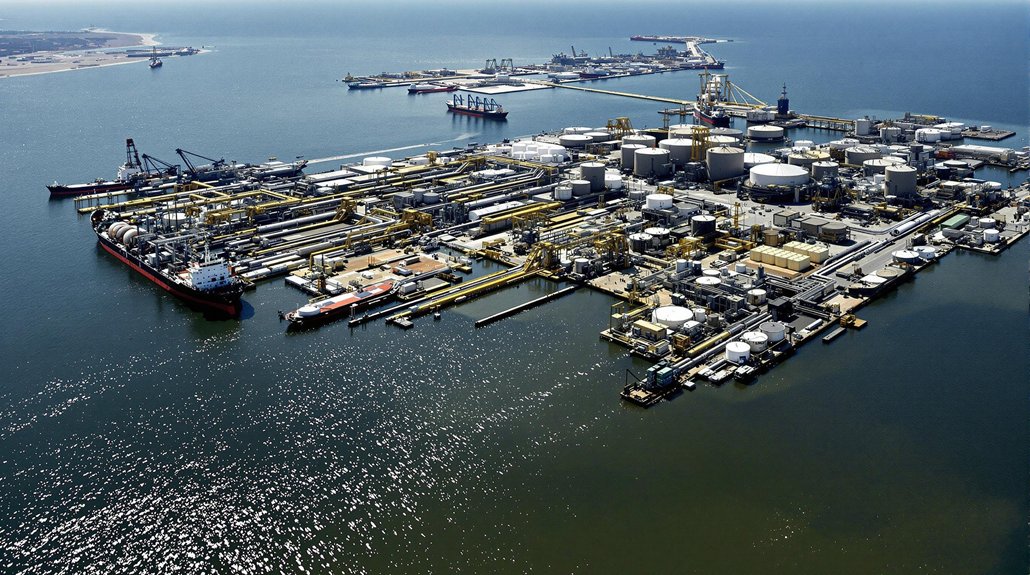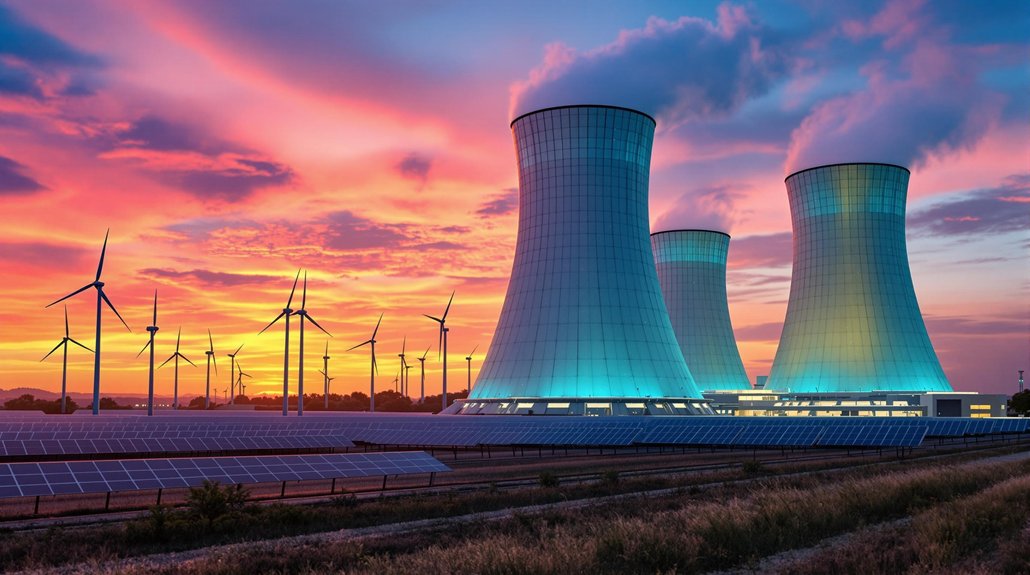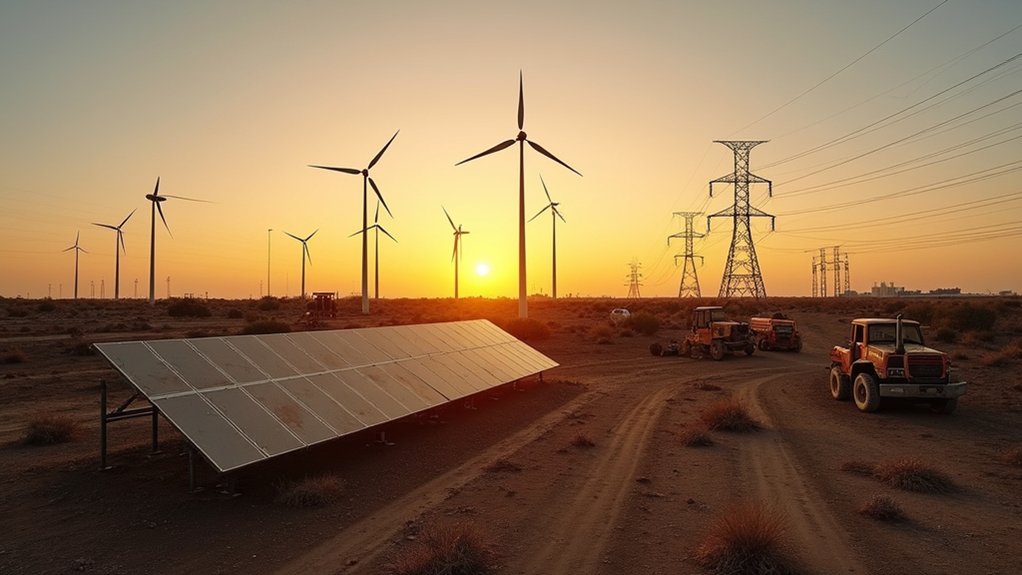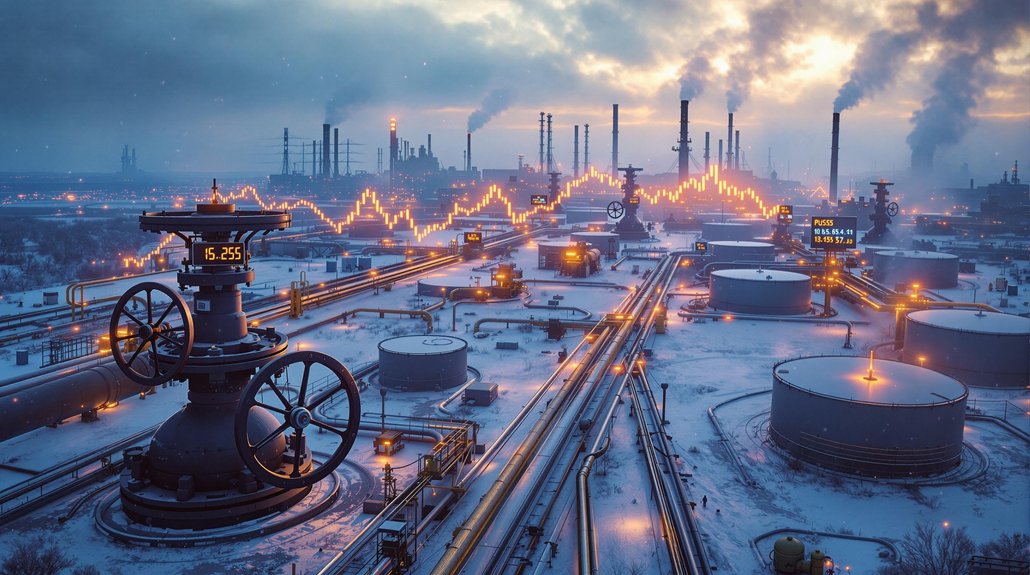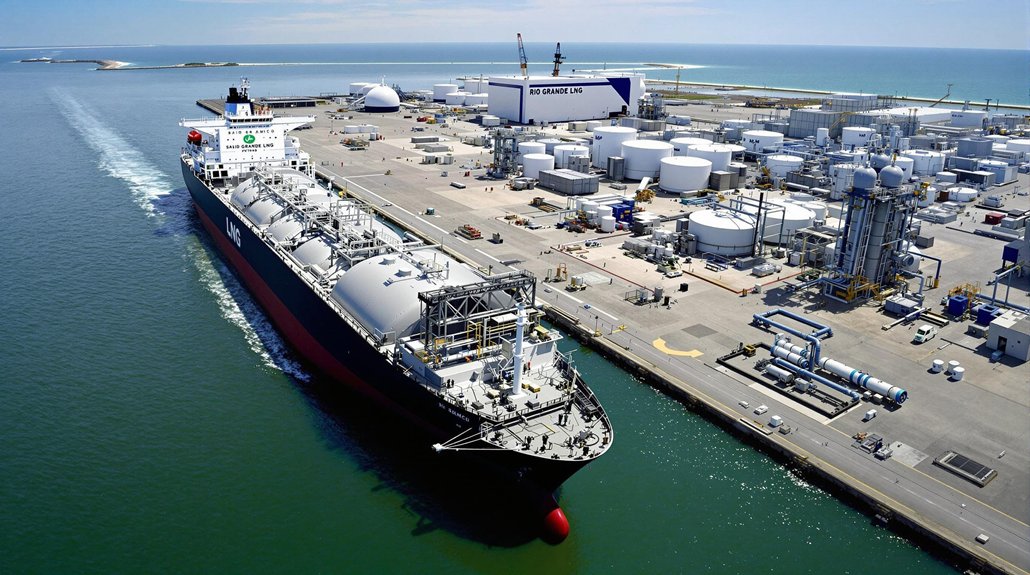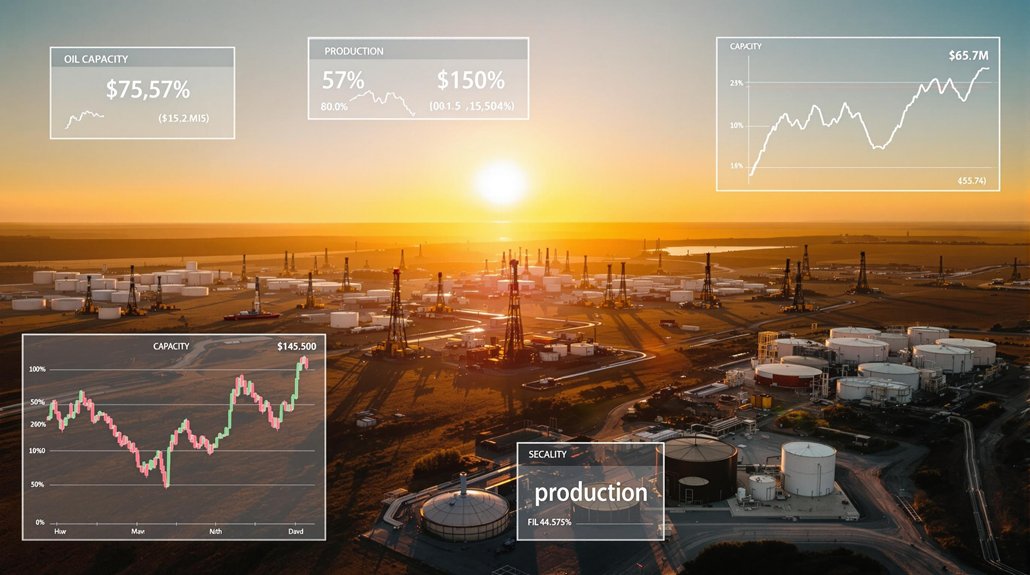American oil has reached a plateau in global markets. Exports stand steady at 4.1 million barrels daily despite rising U.S. production forecasts. Analysts note this mismatch creates an oversupplied market, pushing prices downward. “We’re seeing unprecedented production that isn’t matched by export capacity,” says industry expert Jane Morgan. The situation puts pressure on domestic producers who face growing inventories. What does this mean for energy markets and consumer prices in the coming months?
As U.S. crude oil production approaches an all-time high of 13.5 million barrels per day in 2025, the global energy landscape is shifting dramatically. This record output, projected to inch up to 13.6 million barrels daily by 2026, stands in stark contrast to the uncertain supply picture from OPEC+ nations who continue to delay production cuts.
America’s oil boom reaches record heights while OPEC+ nations waver on production strategy.
America’s oil boom stems largely from advances in shale oil technology and expanded pipeline infrastructure to Gulf Coast ports. Despite this production surge, U.S. oil export growth has unexpectedly stalled at around 4.1 million barrels per day. The slowdown reflects market saturation and weaker demand growth in traditional export destinations.
The global oil market is showing signs of oversupply. Demand growth is cooling, with consumption expected to increase by just 0.9 million barrels daily in 2025. This imbalance between rising production and slowing demand is pushing oil inventories higher worldwide, putting downward pressure on prices.
Brent crude oil is forecast to average $68 per barrel in 2025 before sliding further to $61 in 2026. OPEC+ production cuts haven’t stabilized prices as intended, with current rates remaining below pre-cut levels. Current market analysis shows Brent futures trading near three-year lows around $70/bbl, reflecting persistent bearish sentiment.
American exporters face mounting challenges. Competition from non-OPEC producers in South America and Africa is intensifying. Additionally, Russia has redirected substantial oil volumes to Asian markets, particularly China and India, creating fierce competition in these key growth regions.
Environmental policies are also reshaping the market. Climate goals in Europe and elsewhere are dampening long-term oil demand prospects. Meanwhile, the renewable energy sector continues to expand, offering alternatives to fossil fuels. This shift is accelerated by the remarkable growth of renewables, which are projected to account for over 42% of global electricity generation by 2028.
Geopolitical factors add further complexity. Sanctions on major producers like Russia, Iran, and Venezuela create supply uncertainties, while new alliances between Russia and China alter traditional energy relationships.
U.S. exporters are responding by diversifying into emerging markets to offset declining European demand, but global market saturation remains a significant hurdle for American oil’s international growth.
